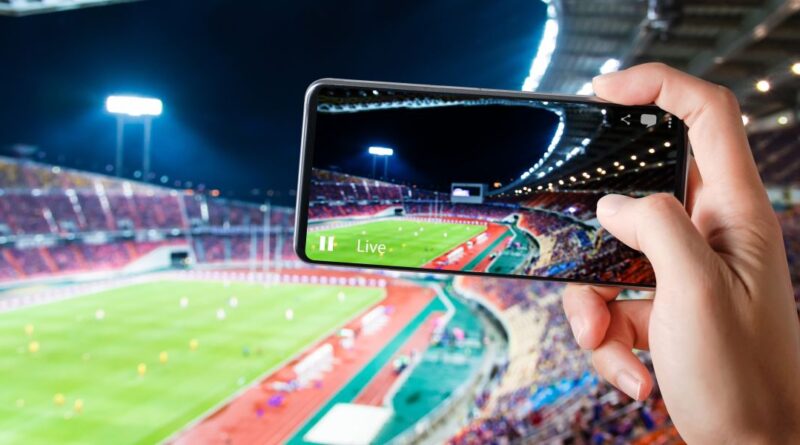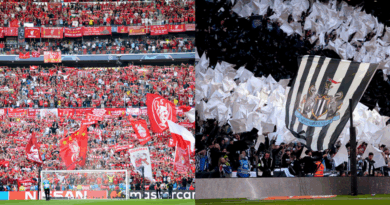VAR just got competition: coaches can now challenge calls
Yellow and red cards have been fundamental in football for decades. But now, FIFA is experimenting with a brand-new set of colors at the Under-20 World Cup. A purple card shown during Morocco's recent win over Spain raised eyebrows across the footballing world. Even more surprising? It wasn’t shown by the referee. This could mark the beginning of a game-changing new system.
What happened during Morocco vs. Spain?
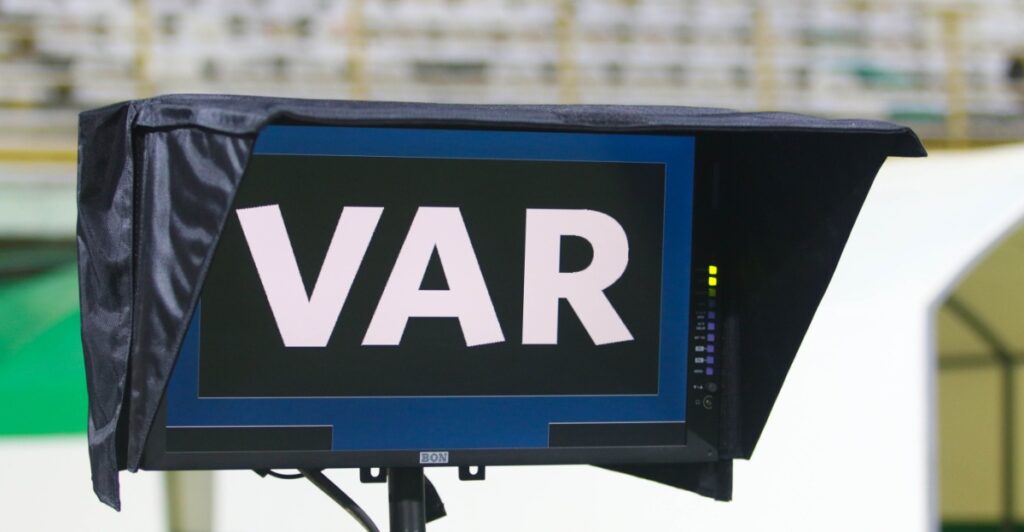
In the 77th minute of the match, a Spanish player went down in the box. Rather than the referee reaching for a card, Morocco head coach Mohamed Ouahbi flashed a purple card himself. That prompted the referee to consult the pitchside VAR monitor. The incident has since sparked intense curiosity about what these new cards actually represent.
What do the purple and blue cards mean?
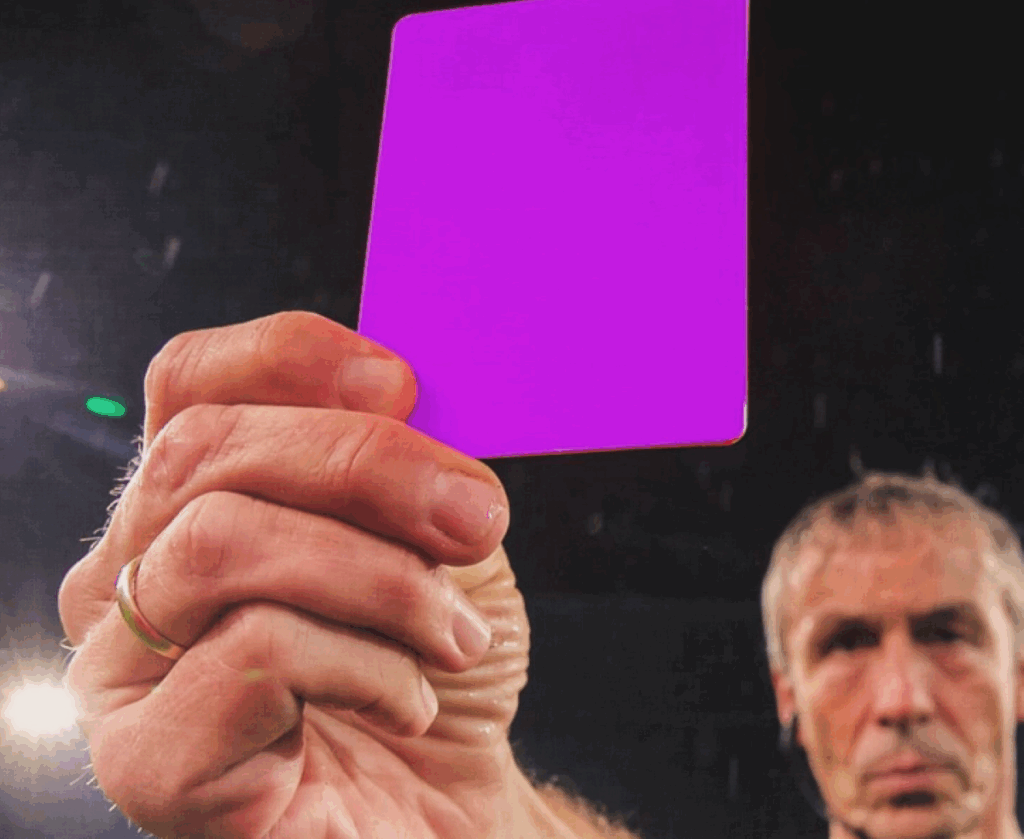
Despite their appearance, the purple and blue cards are both part of a system officially called the 'green card'. Different tournaments may display them in varying colors. These cards allow managers to challenge refereeing decisions and request a video review—much like in American football or cricket. Each team is granted two such challenges per match.
FIFA's reasoning behind the trial
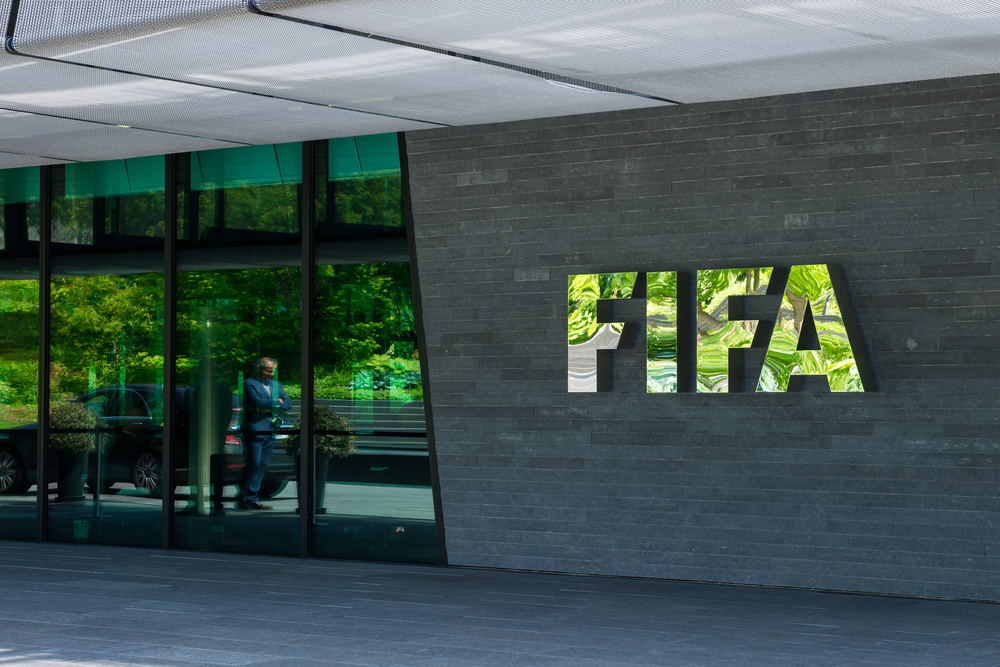
FIFA says the cards are meant to promote fairness and reduce controversy. The idea is to give coaches more agency over key decisions and improve transparency in officiating. A similar concept debuted in Portugal in 2023, when a white card was used in a women’s match to promote fair play.
Read also: The 25 Best Stadiums in World Football - Ranked
Where has this system been used so far?

The system, known in some regions as Football Video Support (FVS), has already been tested in more than 200 matches in Italy’s Serie C. Brazil is also running trials in the Copa Paulista and Copa do Brasil Feminina. The early results have been promising, especially in competitions with fewer camera angles and less technological infrastructure.
Collina supports the new approach

FIFA refereeing chief Pierluigi Collina says FVS is not a replacement for VAR but a tool for less-equipped leagues. “FVS is a tool to support referees in competitions with fewer resources and cameras,” he explained. “It should not be seen as VAR or as a modified version of it.”
Coaches will gain more influence
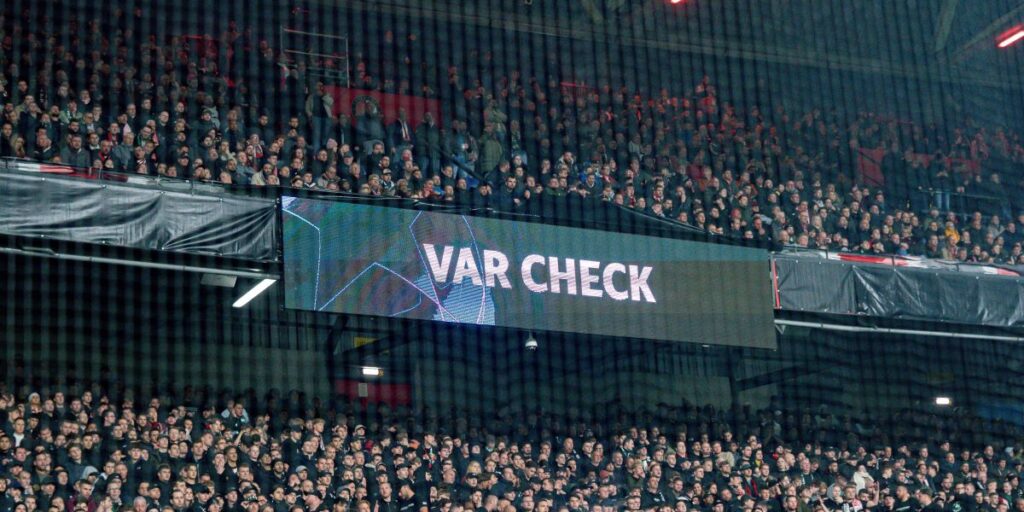
Traditionally, VAR reviews happen only at the discretion of the officials. Under this new system, however, head coaches can influence the review process directly. That means key moments can be revisited if a manager believes an error has occurred, adding a new strategic element to football.
A shift inspired by other sports
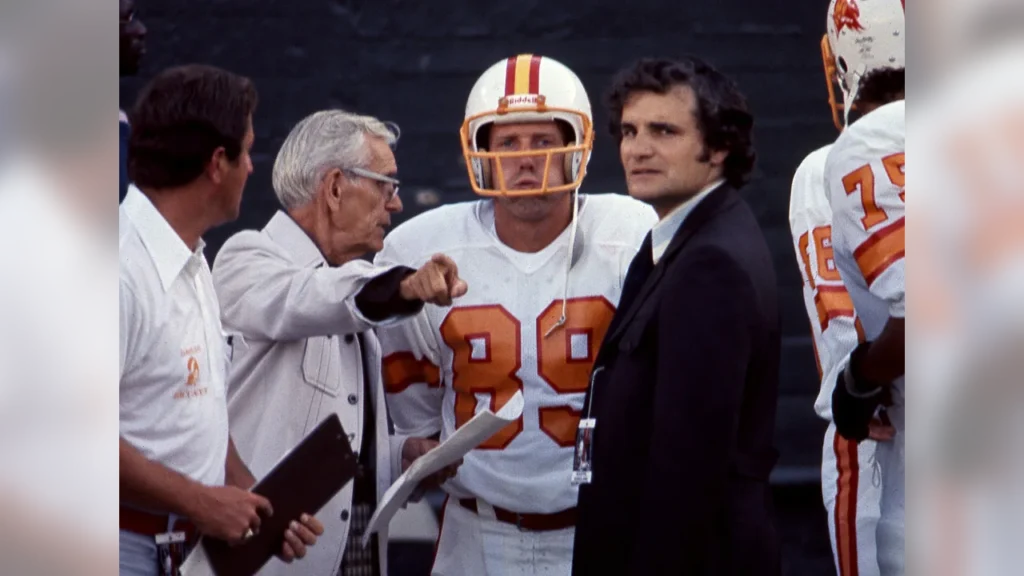
The introduction of a challenge card system brings football closer to other sports like tennis and the NFL, where coaches or players can appeal in-game decisions. It reflects a broader trend toward incorporating more technological and strategic tools into the game.
Read also: Why Thomas Tuchel left Jude Bellingham out of England’s squad
Not everyone is convinced

While the idea is gaining traction in lower leagues and youth competitions, it's still unclear how well it would be received at elite levels. Concerns include interruptions to game flow and potential abuse of the challenge system.
Read also: Rising Stars of Liga Portugal: The 25 Most Valuable Players in 2025

